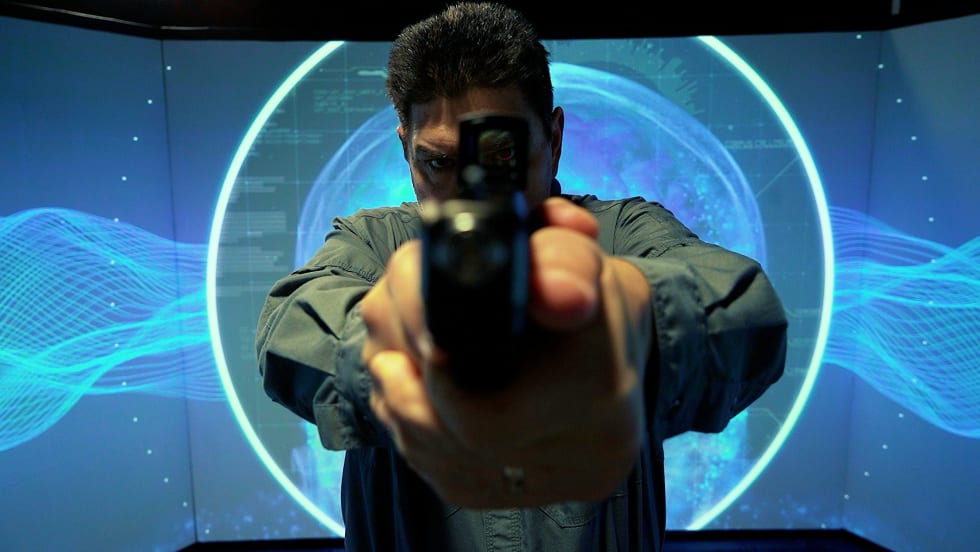
Simulators are no longer just firearms practice for officers. The provided courses can teach duty to intervene, de-escalation, dealing with mental health calls, even facing infectious diseases, or interacting with individuals on the autism spectrum.
Read More →
Over half of police officers live paycheck-to-paycheck. With three steps, you can start paying the bills while also saving money.
Read More →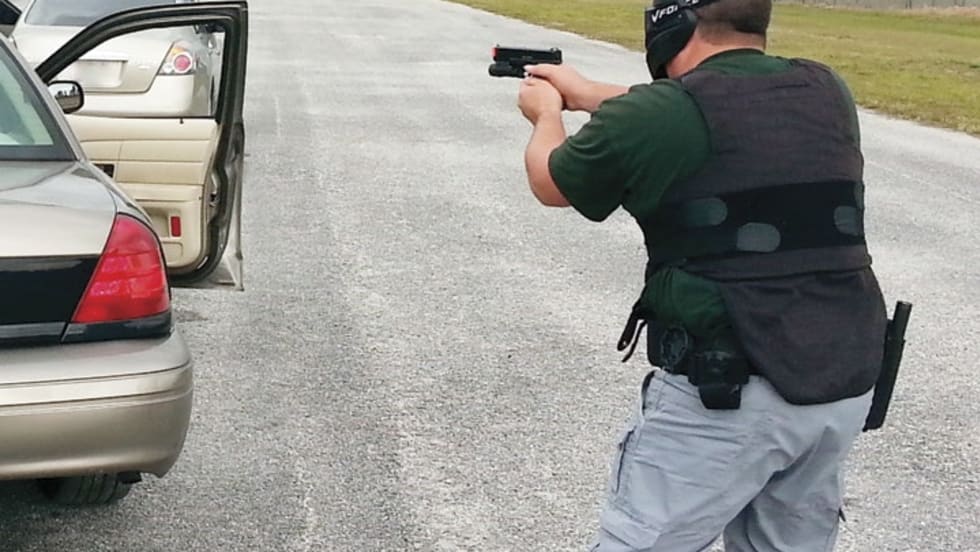
In order to survive our complex environment, we must have a complete understanding and thorough working knowledge of what I call the "seven essential components" of a successful law enforcement career.
Read More →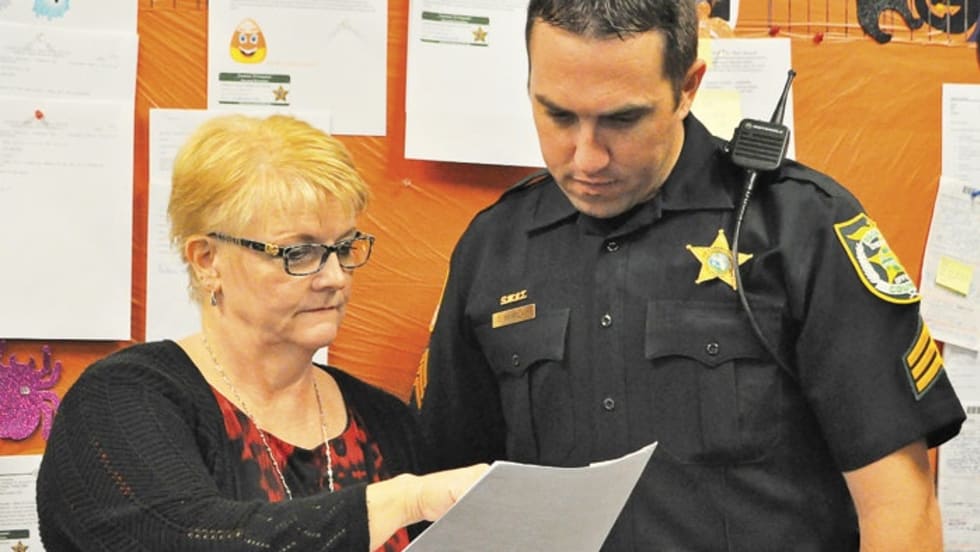
The end of your report is merely the start of a process that involves many gatekeepers. The keys to getting past the gatekeepers are found within your agency's records section.
Read More →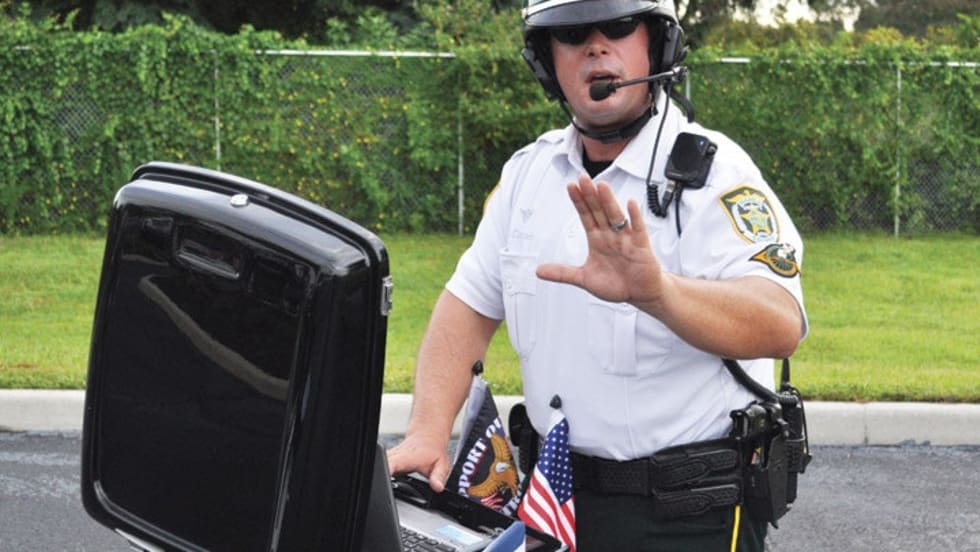
Reacting is guided primarily by emotion and responding is influenced by logic. In this context, it's not hard to see which one of the two is more beneficial to law enforcement officers.
Read More →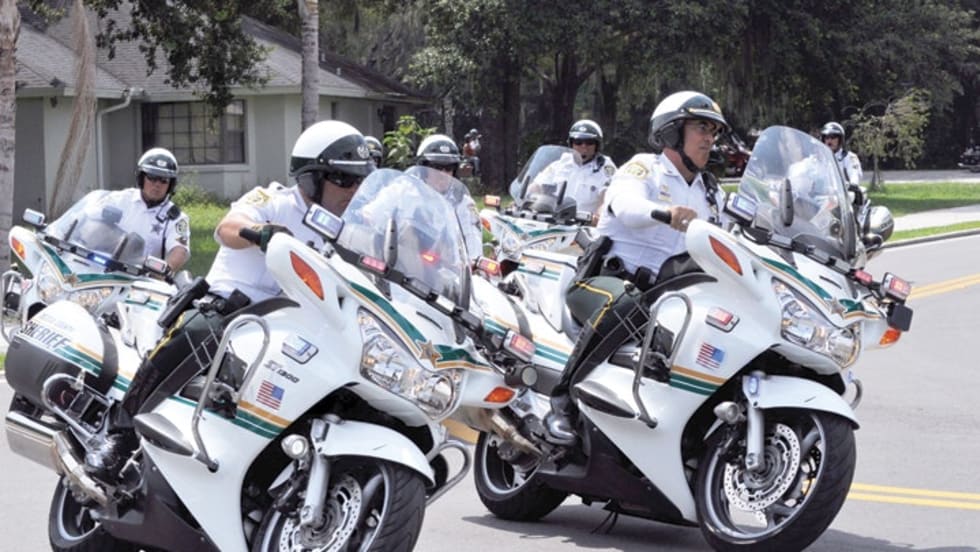
Every profession espouses the virtues of leadership. But what about followers, which are the flip side of the equation? You can't have good leadership without good followership.
Read More →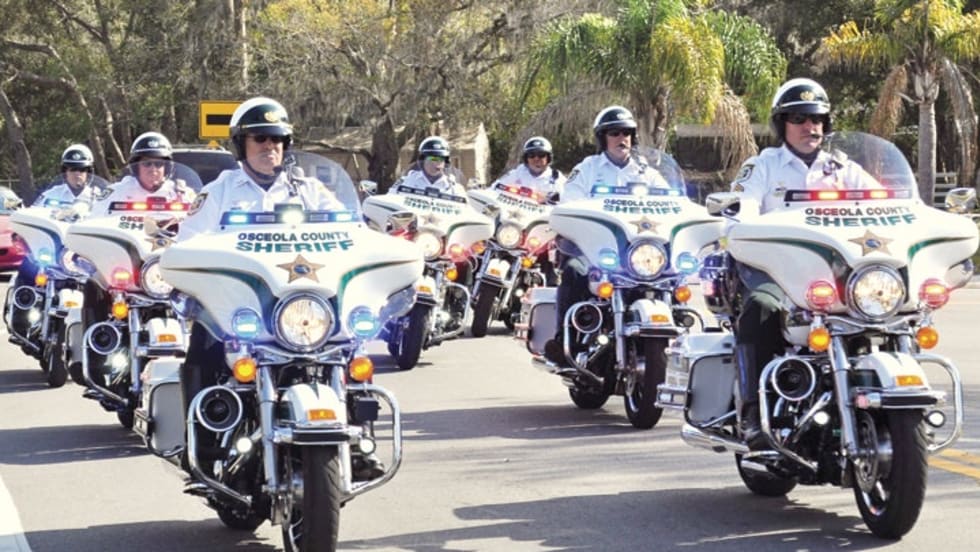
If you're not sure what your supervisor expects of you, here are some universal truths that should help you make sure you pass muster, no matter how long you've been on the job.
Read More →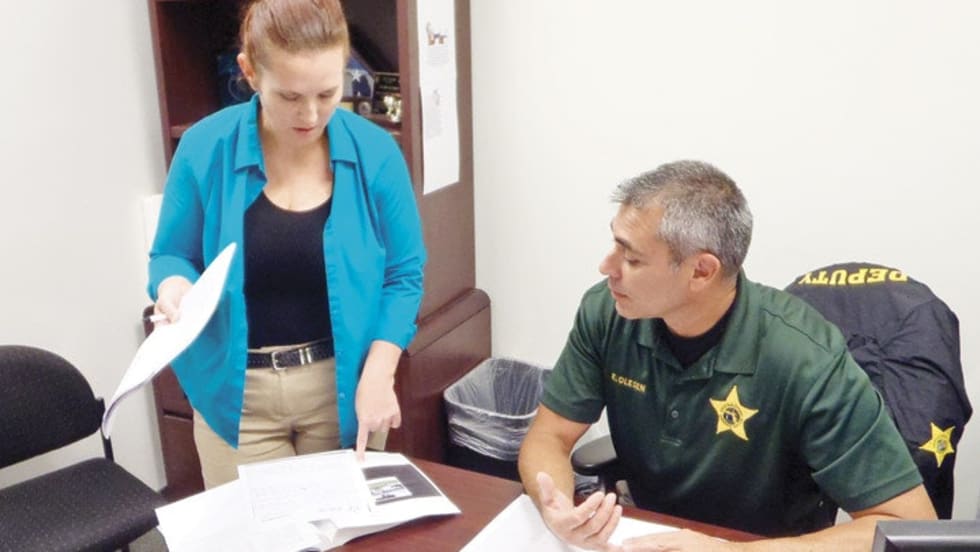
One of the biggest things you can do to correct confirmation bias is to try to disprove your theories instead of trying to prove them. It seems it is human nature to stop working once you have proven your theory to your own satisfaction.
Read More →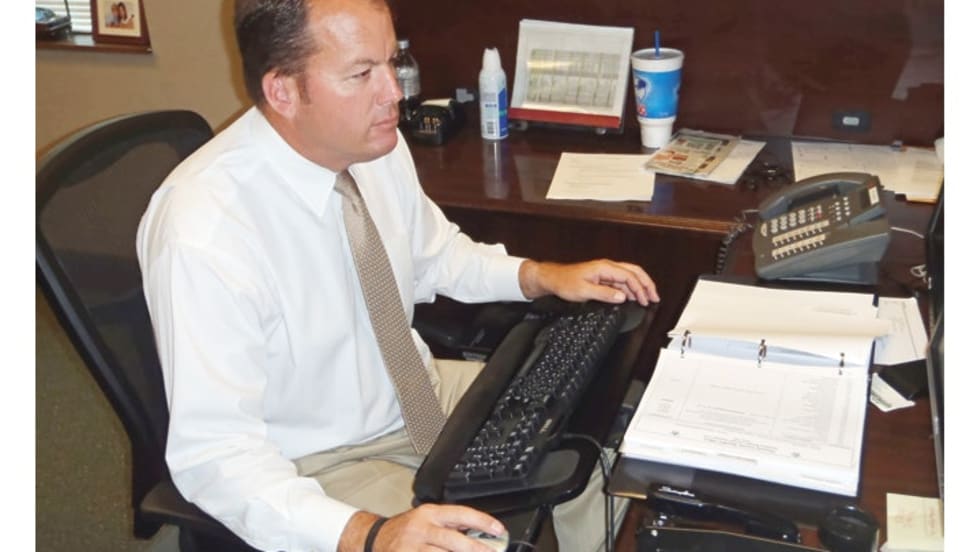
If you are a "cup is half full" person, then having the right perspective, attitude, and imagination can conquer the frustration of an ever-shrinking budget. It is possible to still make things happen.
Read More →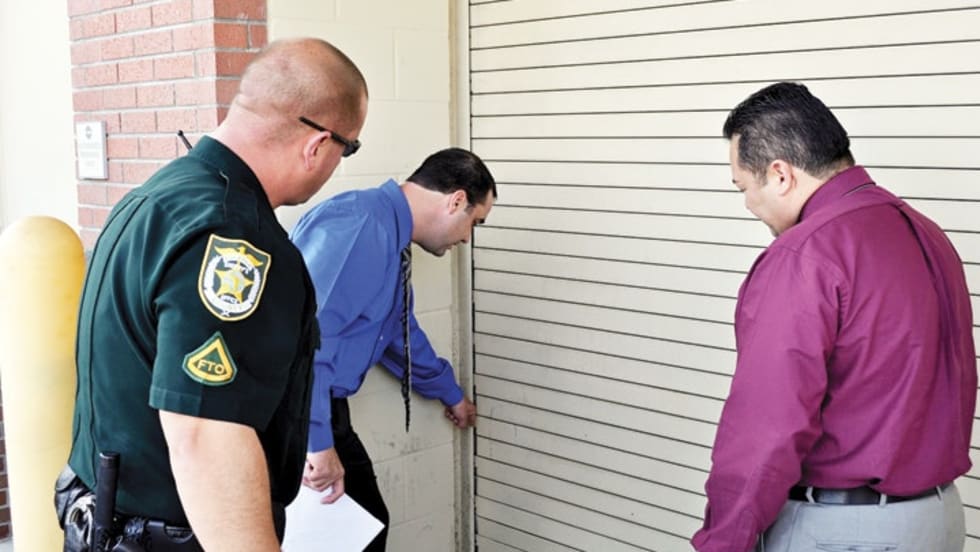
I have found there are three essential characteristics that are common to all outstanding LEOs: having curiosity, maintaining a sense of urgency, and having a thirst for knowledge. It's easy to remember the three if you use the acronym "CUT."
Read More →